Developed a new method that allows to study in detail the capillaries inside
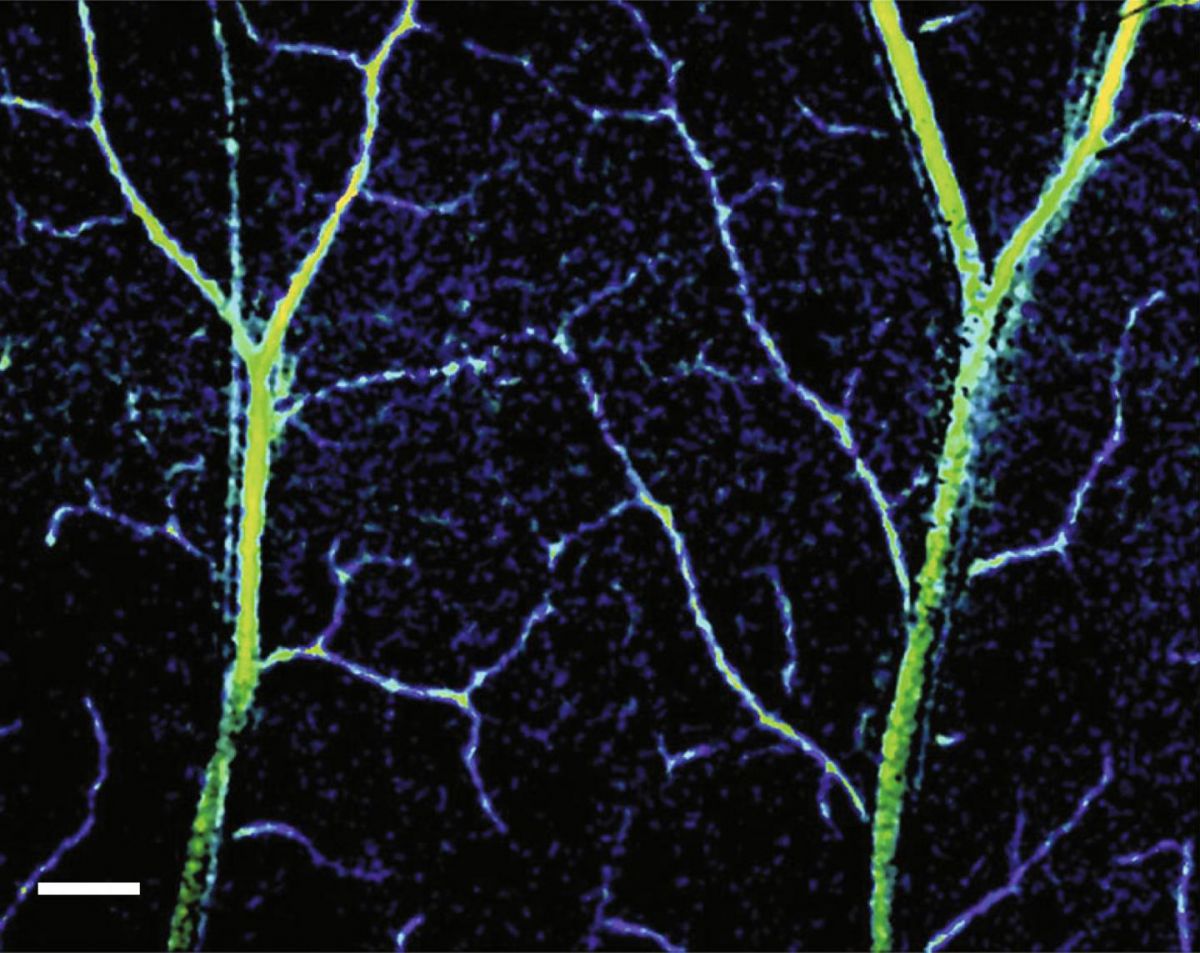 Source:
Source:
Every human body contains more than 40 billion tiny blood vessels – capillaries. Unfortunately, despite their importance in the distribution of oxygen in cells, the mechanism of their inner work for the most part remains a mystery to scientists. A group of researchers from northwestern University () has developed a new tool for visualization of blood flow through these tiny blood vessels, and very soon we will be able to learn more about capillaries, writes portal Futurism.
Using a method called the spectral-contrast optical coherence tomography (spectral contrast optical coherence tomography angiography, SC-OCTA), a team of scientists were able to obtain an unprecedented opportunity to look at capillary blood flow. Their study, in the journal Light: Science & Applications, can have far-reaching consequences for medicine in General and for understanding the human body in particular.
Researchers and doctors have long can look inside of large blood vessels using ultrasound. However, the ultrasound does not work in all cases. For example, it is completely ineffective if you want to consider a vessel in which there is no movement of blood. If to speak directly about the capillaries, the small and completely absent blood flow through the capillary channels with a diameter of 5-10 micrometers can result in poor circulation of oxygen, which in turn can cause a variety of effects, ranging from mild headache to cardiac failure.
"Despite the presence of good blood flow in the arteries, you may have problems with oxygenation of the tissues, if there is no desired microvasculature", — the head of research Vadim Backman.
The advantage of the method SC-OCTA is that it does not need the presence of blood flow in the capillaries to see a clear picture of what is happening. This can greatly simplify the task of doctors to determine what caused the poor blood flow through the capillary, and prevent the problems associated with low oxygen levels. Team Bachman notes that they have developed the technique uses only light, and it requires the use of contrast dyes or harmful radiation that are normally used in the traditional techniques of visualization, for example, for the same ultrasound. At the same time, SC-OCTA allows accurate visualization at a depth of only 1 millimeter. In contrast to the same method of ultrasonic scanning which enables you to "take" a few inches, this represents a pretty significant disadvantage, the researchers agree, but add that are already working on how to increase the penetrating ability of SC-OCTA.
"This is a progressive attempt to imaging the tiny blood vessels to a new level, offering a more complete and functional information," — says Beckman.
Scientists believe that the ability to detect even minor changes in the structure of the capillaries will help doctors detect cancer or diseases of the cardiovascular system. In addition, the new method can help in current research in the area of organelles aimed at understanding how these organs respond to the development of various diseases.
To Discuss the development in our .
Recommended
The coronavirus has mutated into 30 new strains
While coronavirus Apocalypse slowly but inevitably becomes routine, the virus SARS-CoV-2 continues to evolve. And, unfortunately, he was good at it. Writes , with reference to the South China Morning Post reports that new studies show that the virus ...
In the United States recognized that the ventilator dies 88% of patients with coronavirus
When the world is raging coronavirus that causes pneumonia and kills people, the only solution is intensive care. If this is not done, the victims will be very much. Today for severe patients there is only one solution — connected to the appara...
Can a transfusion of blood plasma to cure the coronavirus?
Typically, vaccination involves the introduction into the organism of the weakened or killed microorganisms (viruses) designed to create a strong immunity to possible future infectious diseases — that is, for selection of antibodies. But what i...
Related News
To live longer, we need to understand why aging
Health care today is reactive, retrospective, bureaucratic and expensive. This is a care, not health care. However, this is destined to change. Scientists who are seriously engaged with issues of aging, life extension and health, ...
Created a robot-organism, moving inside blood vessels
Never forget that robots are not only the four-legged kind SpotMini mechanisms, which are able to perform various acrobatic stunts. Apart from these, engineers also have developed a process, which due to their small size can navig...
The body has learned to treat diabetes, but there is one problem
with diabetes have to follow a strict diet and regular insulin shots, which reduces the amount of glucose in the blood. Researchers from the University of Washington found a more simple and long-term method of controlling the glu...
Scientists have grown in the lab, the ideal of human blood vessels
an international group of scientists under the leadership of the University of British Columbia (Canada) raised in a Petri dish perfect three-dimensional replica of the human blood vessels, perfectly mimicking the structure and fu...
New tool identifies susceptibility to cancer using the most data
Scientists are looking for ways of treating cancer and methods of its detection at the earliest stage. In October 2018, a group of researchers developed the technology , and now another group from the University of Cambridge figur...
Developed a female contraceptive in the form of a patch valid for a month
Scientists are trying to improve almost everything that surrounds us, and contraceptives is not an exception. At the moment women available different types of contraceptives from implantable implant to pills, but they are unlikely...
Even if you are healthy, skip the doctor faster will result in death
Many are doctors, some strongly ignore visits to hospitals and clinics, others make an appointment with the slightest changes in the condition of the body. But even if you are not ill, a doctor's visit for control and prevention c...
Cancer is among the most dangerous diseases in the world. The probability to recover from the deadly disease depends on its stage — the sooner the disease is detected, the more likely completely to get rid of it. Unfortunately, ma...
Created a new technology of mass sequencing of proteins
Most of you must have heard about the sequencing and RNA. And they are known, consist of amino acids. What is surprising, to determine the amino acid sequence of the proteins of such methods does not yet exist. Or rather, did not ...
There was a Chinese scientist who experimented with the genes of newborns
a Scientist from China Ho Cisangkuy, who has been missing since the recent modification of the genes of the children was born the first genetically modified twins made contact. At the moment he is imprisoned in a closed prison roo...
In the brain open a physiological process that has searched for more than 100 years
the hallmark of some neurodegenerative diseases like the Huntington's disease is the gradual death of nerve cells in the brain. Thus cells don't die visapro. First, they start to "disconnect" from each other, and then breaking the...
Blood cells turned into neurons. This will help in the treatment of diseases of the nervous system
in the early 21st century mass to obtain stem cells for research has been extremely problematic. Not to mention the development of new therapies. That all changed in the mid-noughties, when it was developed the method of "reprogra...
The algorithms of life and death: how to understand artificial intelligence that can heal people?
When it comes to machine learning, most often the conversations are about the medical field. This is not surprising: a huge industry that generates a phenomenal amount of data and revenue, in which technological advances can impro...
Developed a new method for the synthesis of superactivation
According to official statistics superbugs that are resistant to traditional methods of antibiotic therapy, are the cause of death of about 100,000 people around the world. And in order to resist the tiny killers you need a specia...
Created implant, which eliminates excess weight and overeating
Only according to official statistics, in the world there were more than 700 million people suffering from excess weight. Therefore, the question of dealing with it rather important. For various reasons the "traditional" methods o...
Found a way to teach the heart to heal itself
the Heart is one of the most important organs of our body, and given the increasingly disappointing growth statistics of cardiovascular diseases, the development of new treatments is extremely important. And recently a group of re...
Experimental HIV vaccine worked and has protected primates
For a very long time, scientists from all over the world trying to find a way to defeat the insidious HIV has already claimed many lives. A group of experts from the research center of Scripps Research () of the last 20 years deve...
Created electronic tablet with remote control
In the near future approach to the treatment of a variety of diseases can change dramatically due to the emergence of "e-pills". One such recently developed by researchers from Massachusetts Institute of Technology (MIT). Small ga...
CRISPR-children: the next giant leap for mankind
In late November, the MIT Technology Review told us an amazing story: the story of the birth of the first children who went through the edit genes being embryos. Then it became known that a miracle happened in a small Chinese hosp...
New spray gel will prevent the recurrence of cancer
depending on the type of cancer, patients will receive one or another form of treatment. But despite this, after all medical procedures, all people who have had cancer, have a pretty high chance of recurrence of this dangerous pro...


















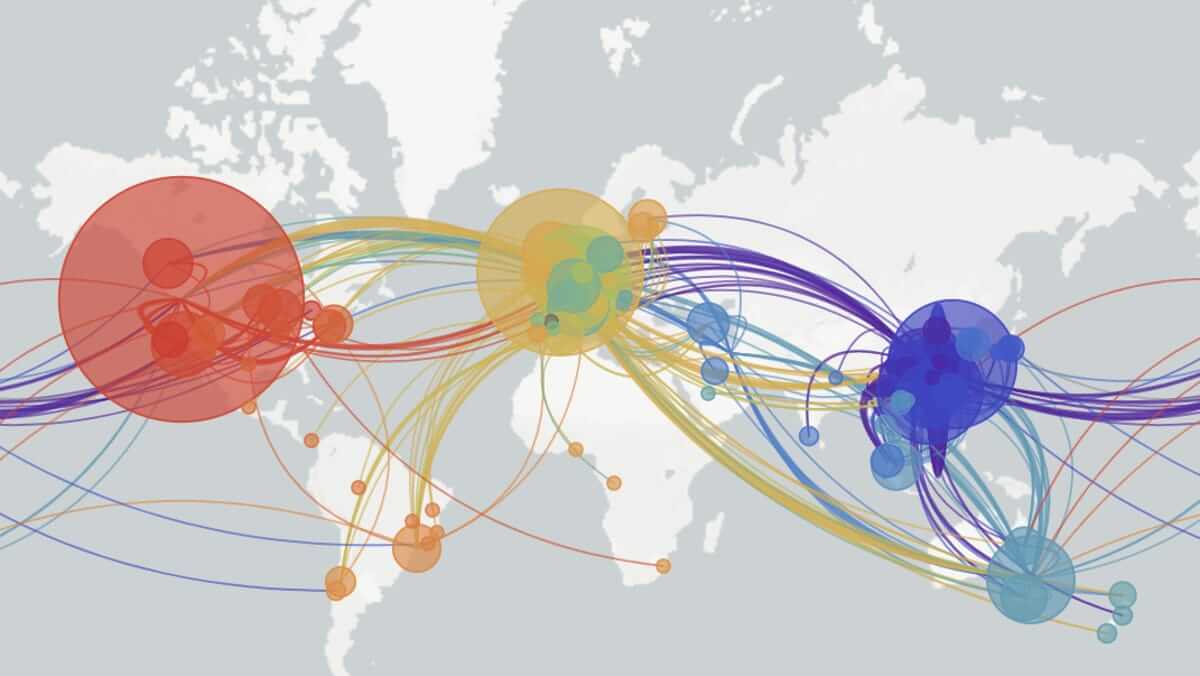
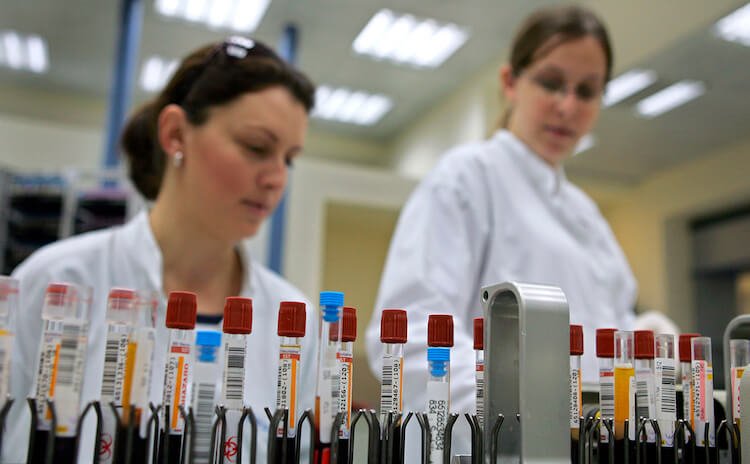
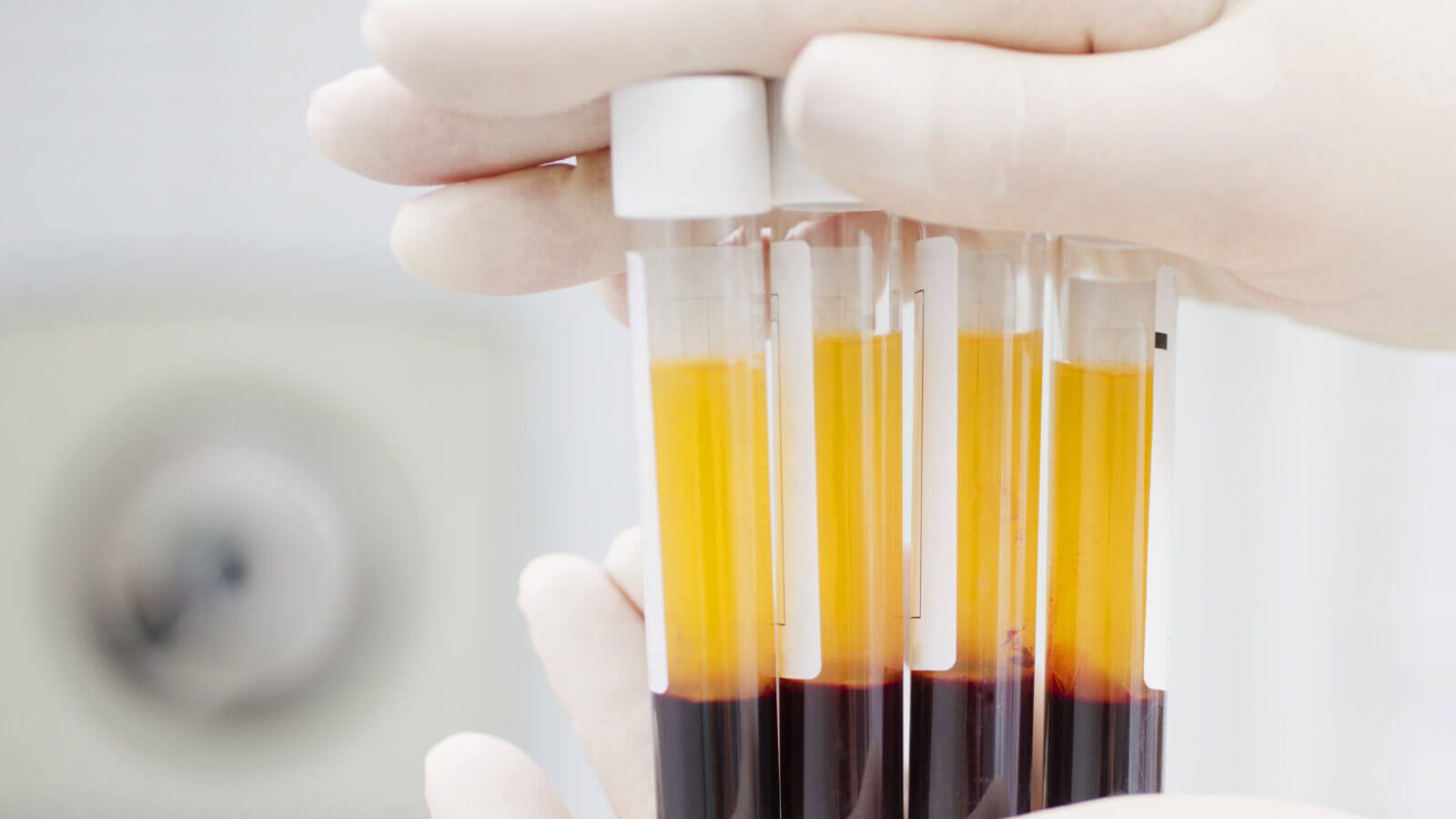

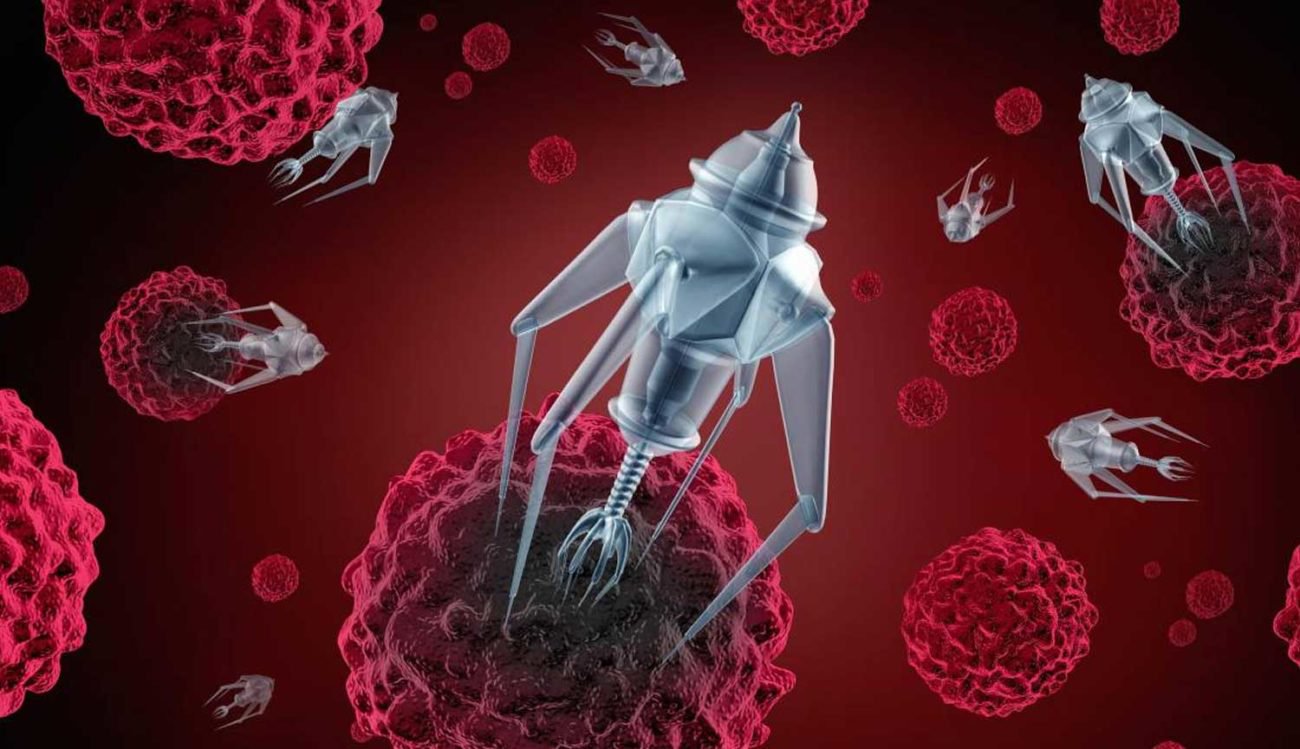

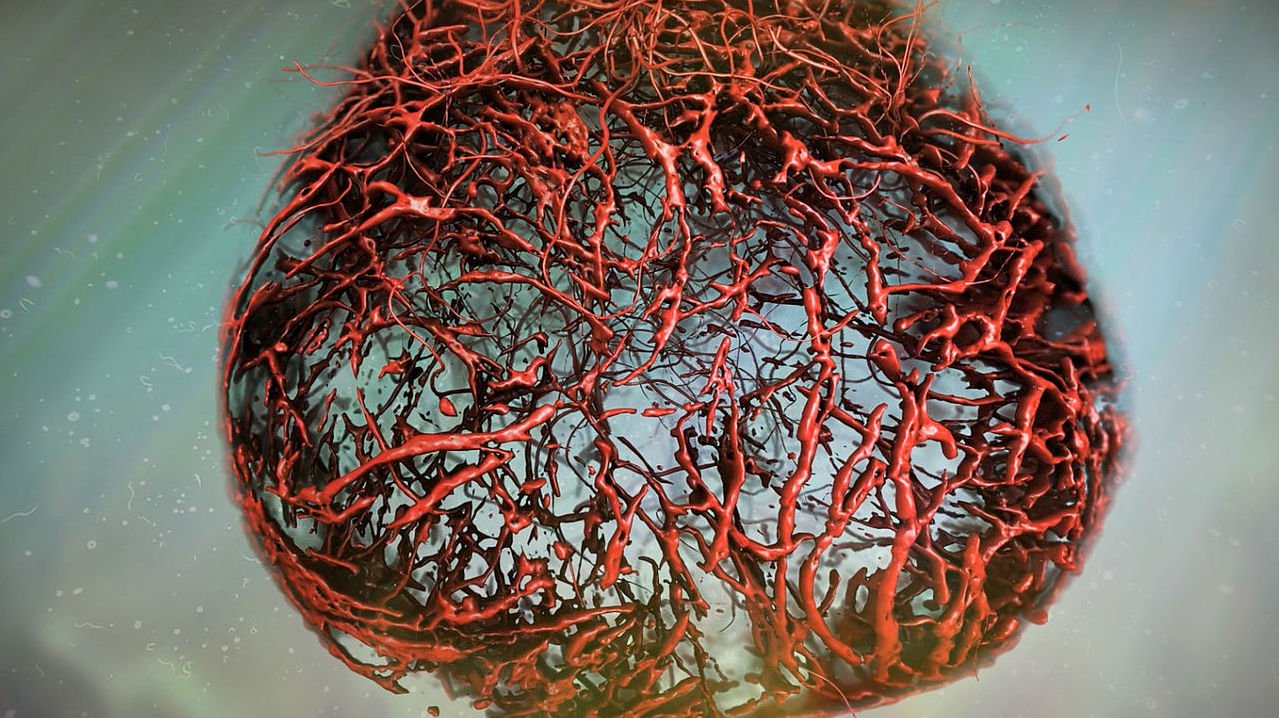

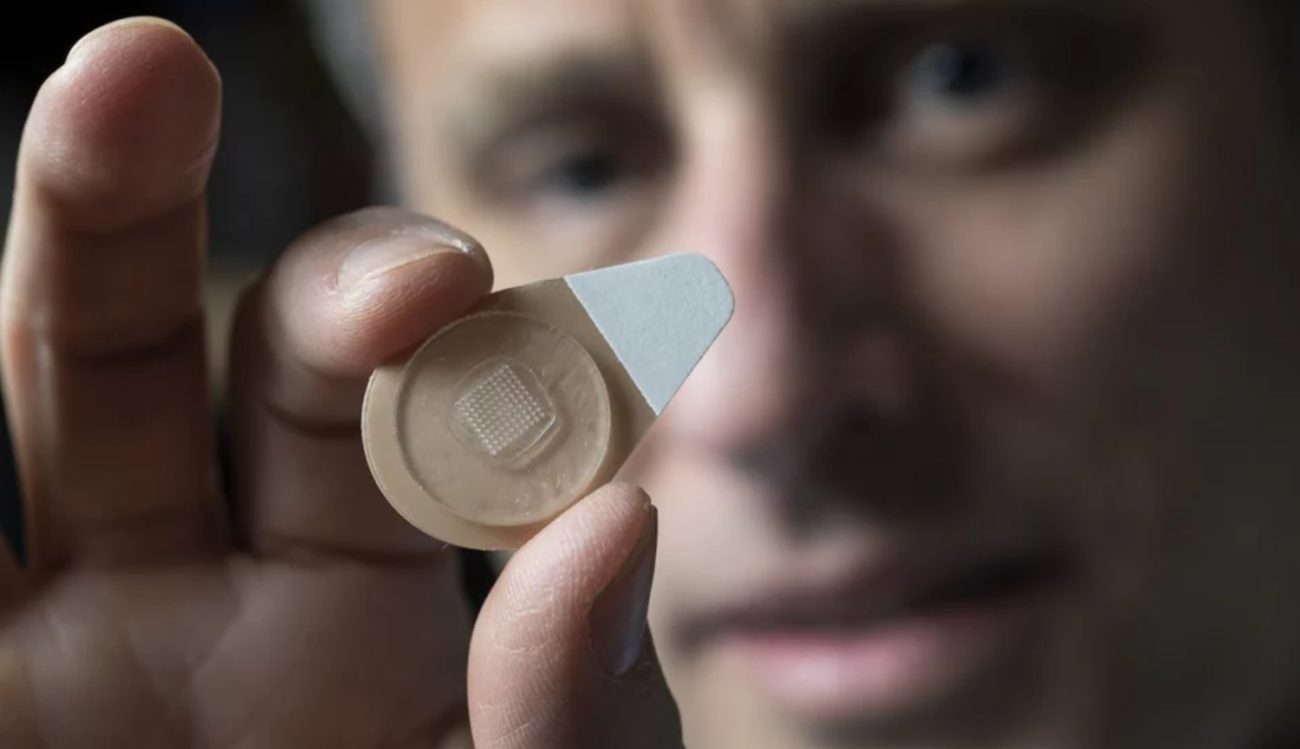


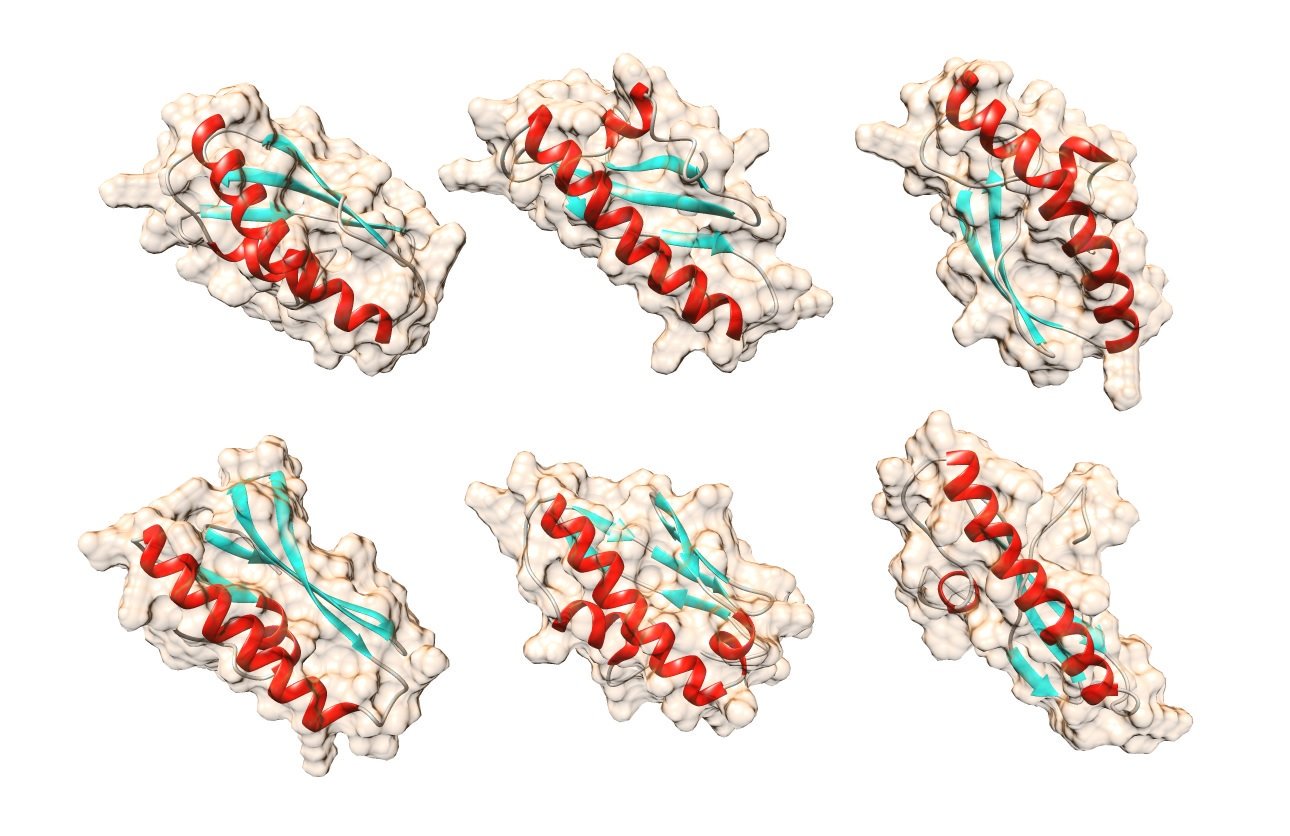
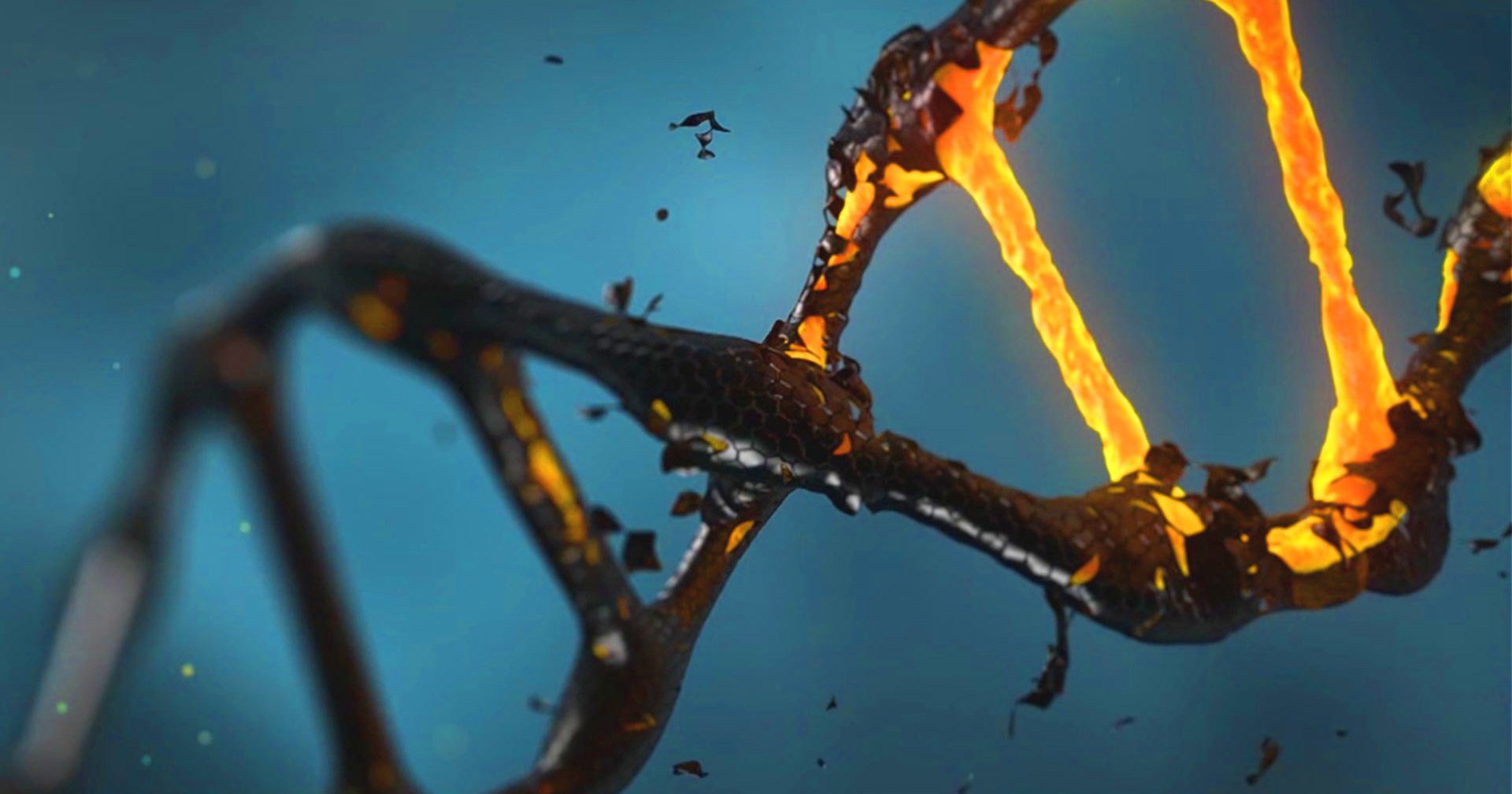
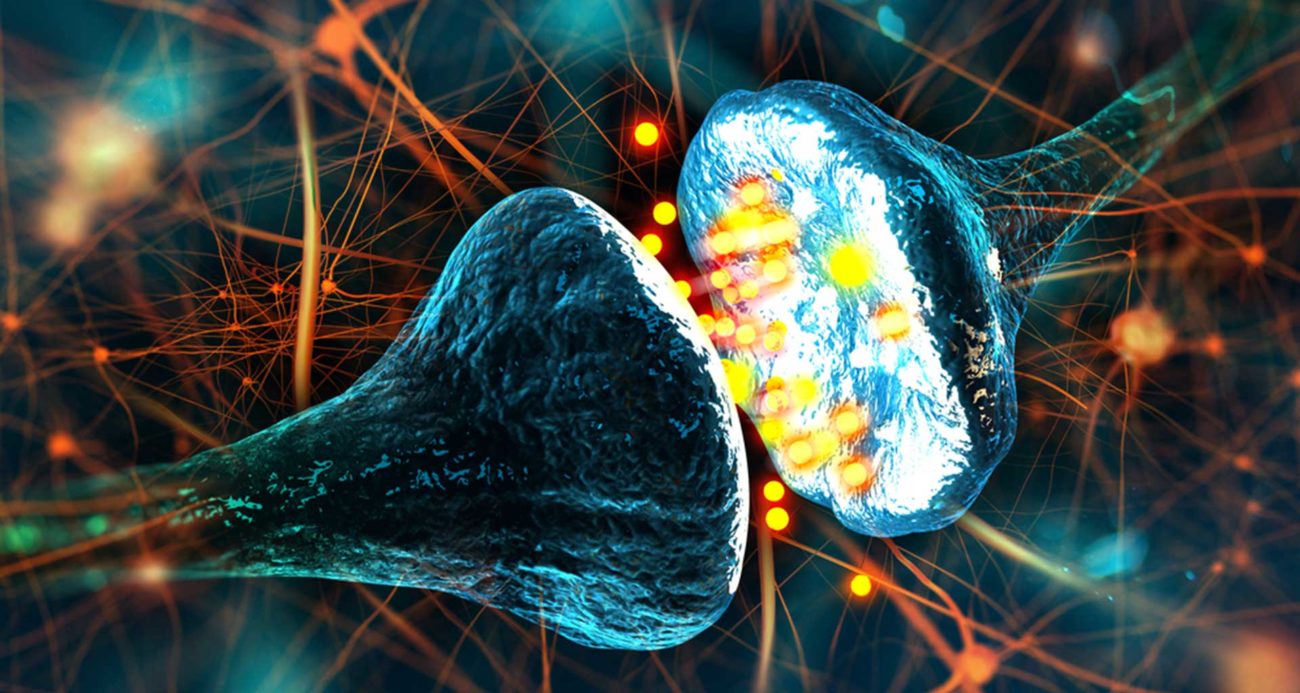
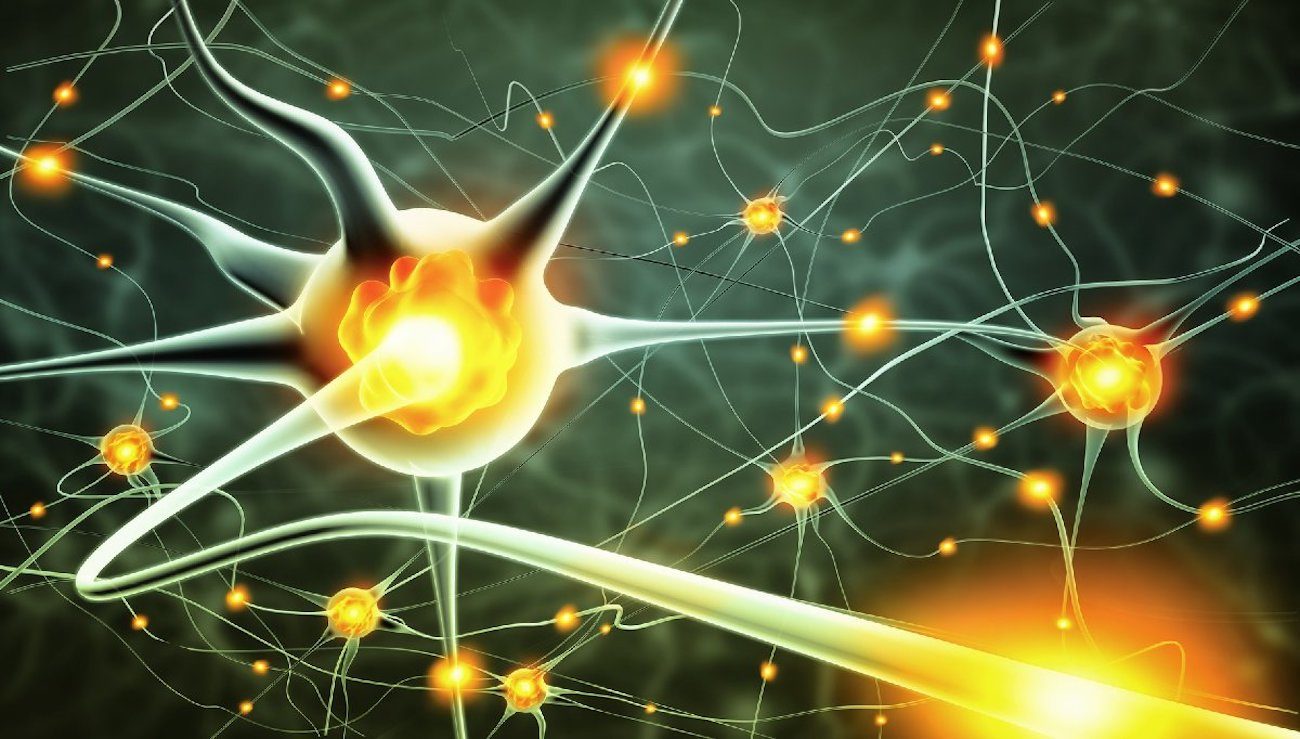


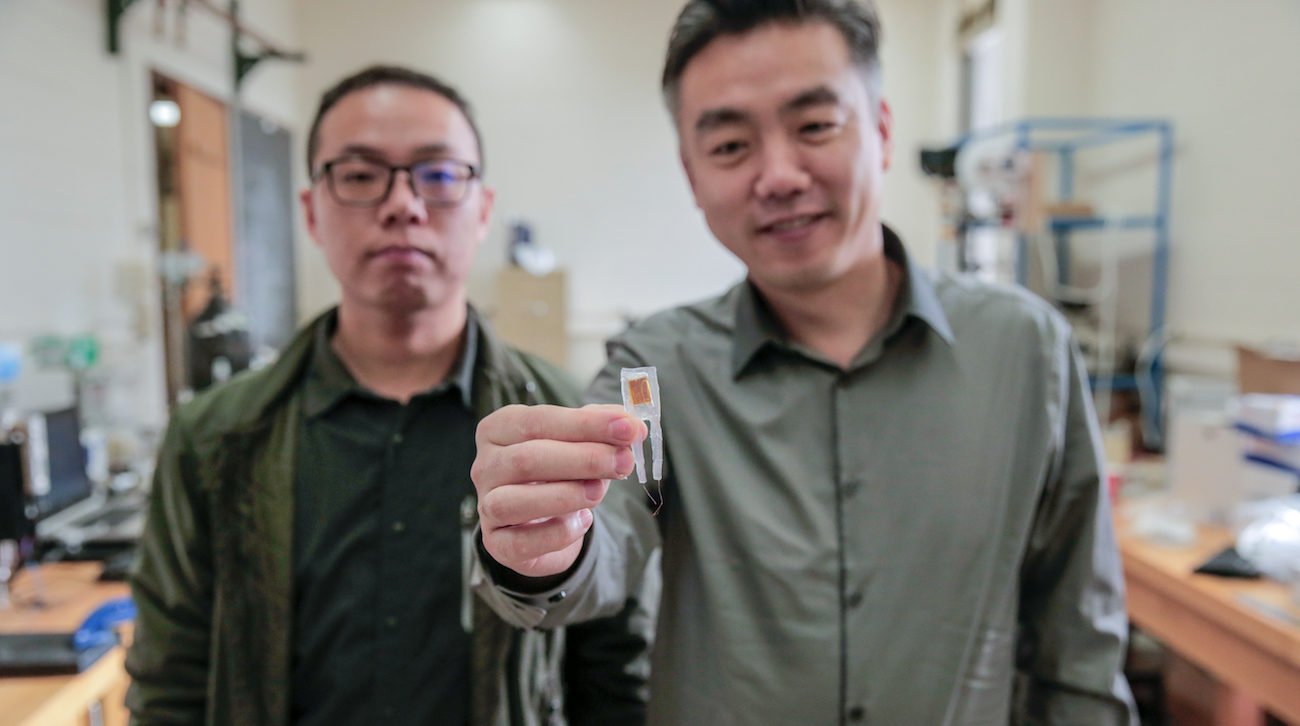
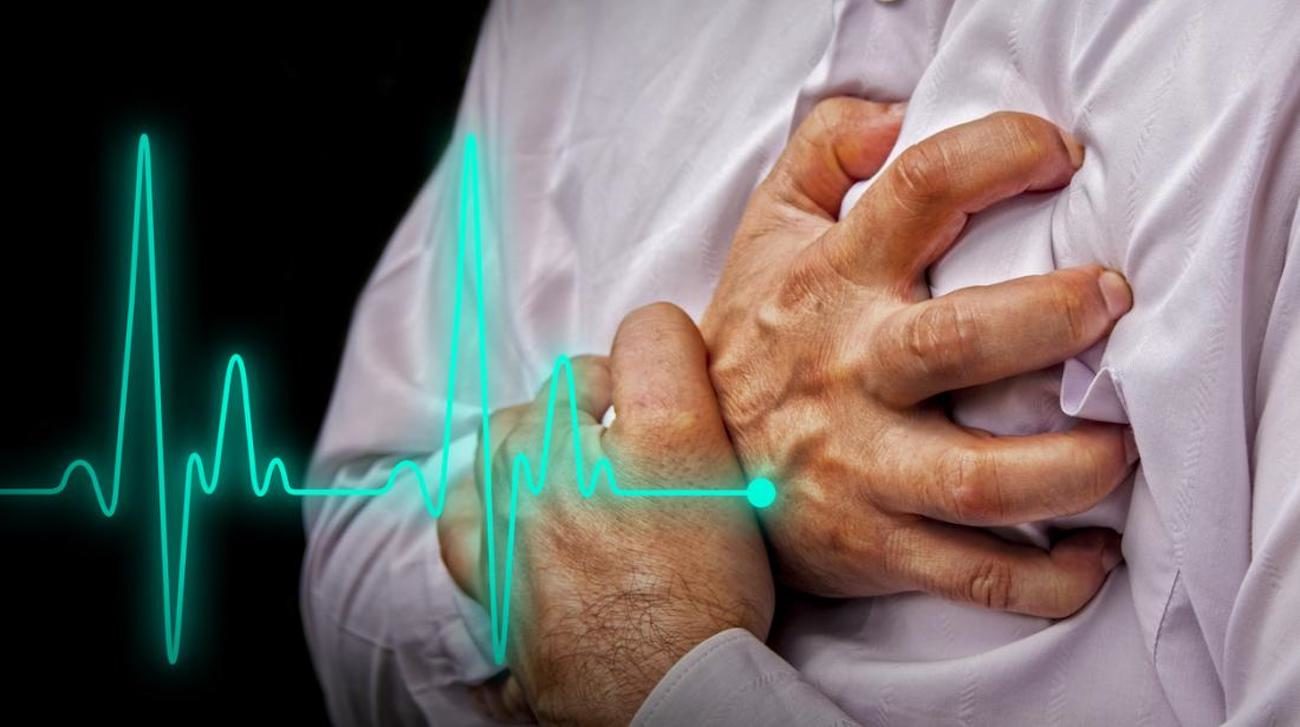



Comments (0)
This article has no comment, be the first!